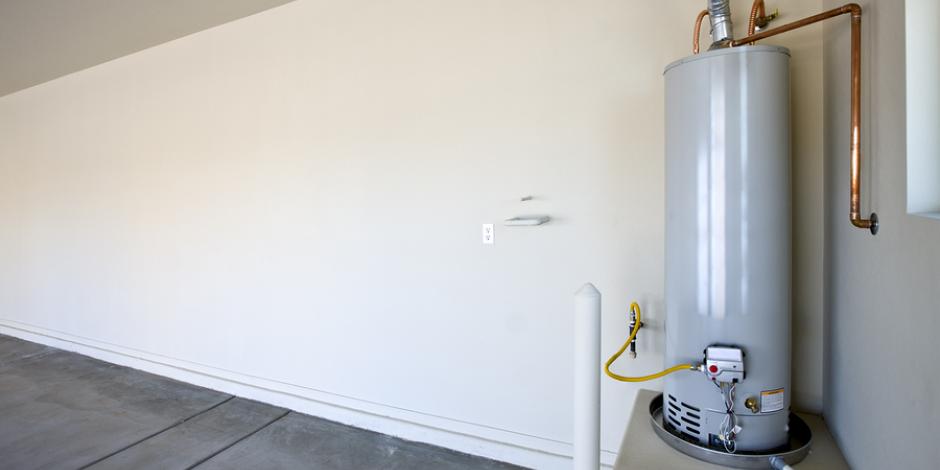Essential Care Techniques for Your Home's Hot Water SystemHow to Keep Your Home's Hot Water System in Good Condition
Essential Care Techniques for Your Home's Hot Water SystemHow to Keep Your Home's Hot Water System in Good Condition
Blog Article
What're your insights and beliefs on What Kind of Maintenance Do Water Heaters Need??

Warm water is necessary for everyday comfort, whether it's for a refreshing shower or washing dishes. To ensure your warm water system runs effectively and lasts longer, regular maintenance is key. This post supplies practical pointers and understandings on just how to preserve your home's hot water system to stay clear of interruptions and pricey repair services.
Introduction
Keeping your home's warm water system might appear daunting, but with a few simple actions, you can guarantee it operates efficiently for many years to come. This guide covers everything from comprehending your hot water system to DIY upkeep pointers and recognizing when to contact professional assistance.
Importance of Preserving Your Hot Water System
Normal upkeep not just expands the life expectancy of your hot water system yet additionally ensures it runs effectively. Overlooking upkeep can cause lowered effectiveness, greater energy expenses, and even early failing of the system.
Indicators Your Hot Water System Needs Upkeep
Understanding when your warm water system needs focus can avoid major problems. Look out for indicators such as inconsistent water temperature level, weird noises from the heater, or rustic water.
Understanding Your Warm Water System
Before diving right into maintenance jobs, it's practical to understand the fundamental parts of your hot water system. Normally, this consists of the hot water heater itself, pipelines, anode rods, and temperature controls.
Regular Monthly Upkeep Tasks
Regular month-to-month checks can help capture small concerns before they escalate.
Purging the Water Heater
Purging your water heater eliminates sediment build-up, enhancing efficiency and extending its life.
Checking and Changing Anode Rods
Anode poles protect against rust inside the tank. Evaluating and replacing them when broken is crucial.
Examining and Readjusting Temperature Level Setups
Adjusting the temperature settings guarantees ideal performance and safety and security.
DIY Tips for Maintenance
You can do several maintenance jobs yourself to keep your warm water system in leading condition.
Looking for Leakages
Frequently check pipelines and connections for leaks, as these can result in water damage and higher costs.
Testing Pressure Alleviation Valves
Examining the stress relief valve guarantees it works properly and prevents too much stress build-up.
Shielding Pipelines
Insulating warm water pipelines minimizes heat loss and can save power.
When to Call a Professional
While DIY upkeep is helpful, some problems require specialist know-how.
Complex Problems Requiring Specialist Help
Instances consist of major leakages, electrical issues, or if your water heater is constantly underperforming.
Routine Expert Upkeep Conveniences
Expert upkeep can include extensive assessments, tune-ups, and making certain compliance with safety standards.
Final thought
Normal upkeep of your home's warm water system is crucial for performance, long life, and price savings. By following these ideas and knowing when to seek expert assistance, you can make sure a trusted supply of warm water without unanticipated disturbances.
How to Maintain an Instant Hot Water Heater
Before tinkering with your hot water heater, make sure that it’s not powered on. You also have to turn off the main circuit breaker and shut off the main gas line to prevent accidents. Also turn off the water valves connected to your unit to prevent water from flowing into and out of the appliance. 2. When you’re done, you have to detach the purge valves’ caps. These look like the letter “T” and are situated on either side of the water valves. Doing so will release any pressure that has accumulated inside the valves while at the same time avoid hot water from shooting out and burning your skin. 3. When the purge valves’ caps are removed, you have to connect your hosing lines to the valves. Your unit should have come with three hoses but if it didn’t, you can purchase these things from any hardware or home repair shops. You can also get them from retail stores that sell water heating systems. Read the user’s manual and follow it to complete this task properly. When the hosing lines are connected, open the purge port’s valves. 4. You should never use harsh chemical cleaners or solutions when cleaning your unit. Make use of white vinegar instead. It should be undiluted and you’ll probably use about 2 gallons. 5. Now flush your water heater. This task should probably take about 40 minutes. We can’t give you specific directions for this because the procedure is carried out depending on the type, model and brand of your heater. With that being said, refer to the user’s manual. 6. When you’re done draining the unit, you have to turn off the purge port valves again. Remove the hosing lines that you earlier installed on each of the water valves. Put the valve caps (purge port) back in their respective places and be very careful so as not to damage the rubber discs that are found inside these caps. 7. Now that everything’s back in place, check your user’s manual again to find out how to reactivate your water heating system. 8. Once it is working, turn one of your hot water faucets on just to let air pass through the heater’s water supply pipes. Leave the tap on until water flows smoothly out of it. https://www.orrplumbing.com/blog/2014/september/how-to-maintain-an-instant-hot-water-heater/

As a keen reader on Tips For Maintaining Your Hot Water Heater, I imagined sharing that segment was important. So long as you liked our article kindly remember to share it. Thank you so much for taking the time to read it.
Contact Us Today Report this page